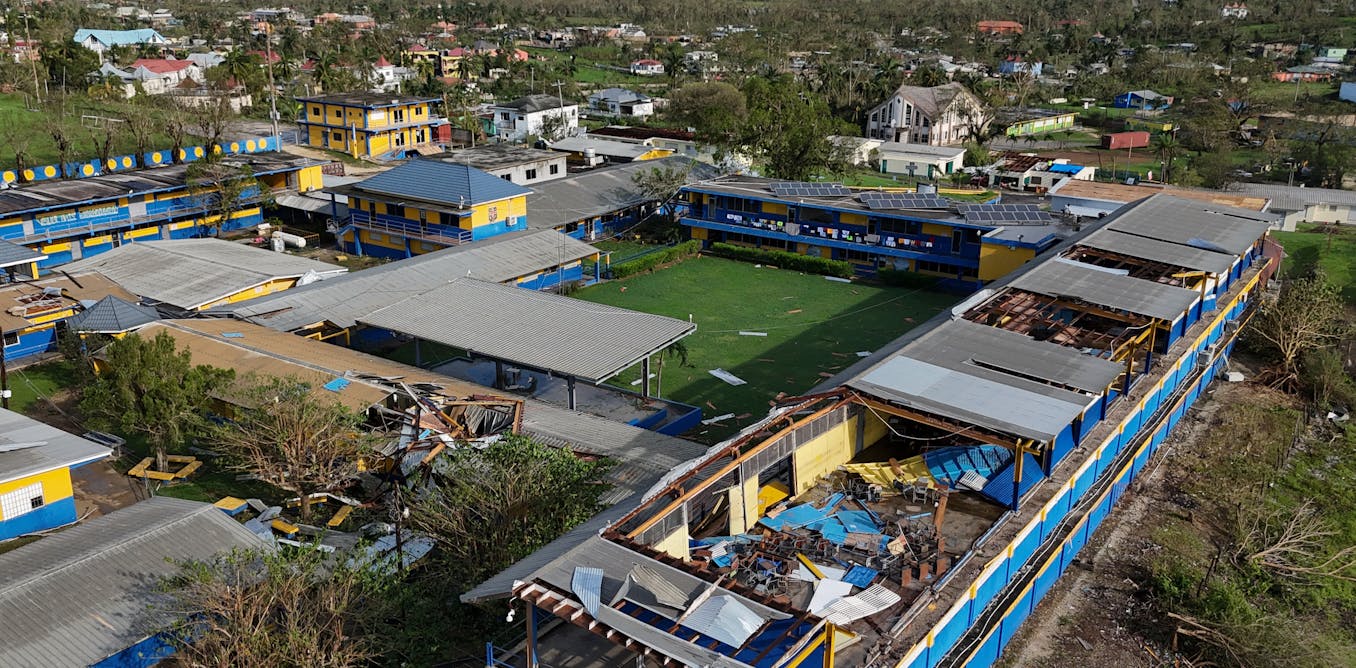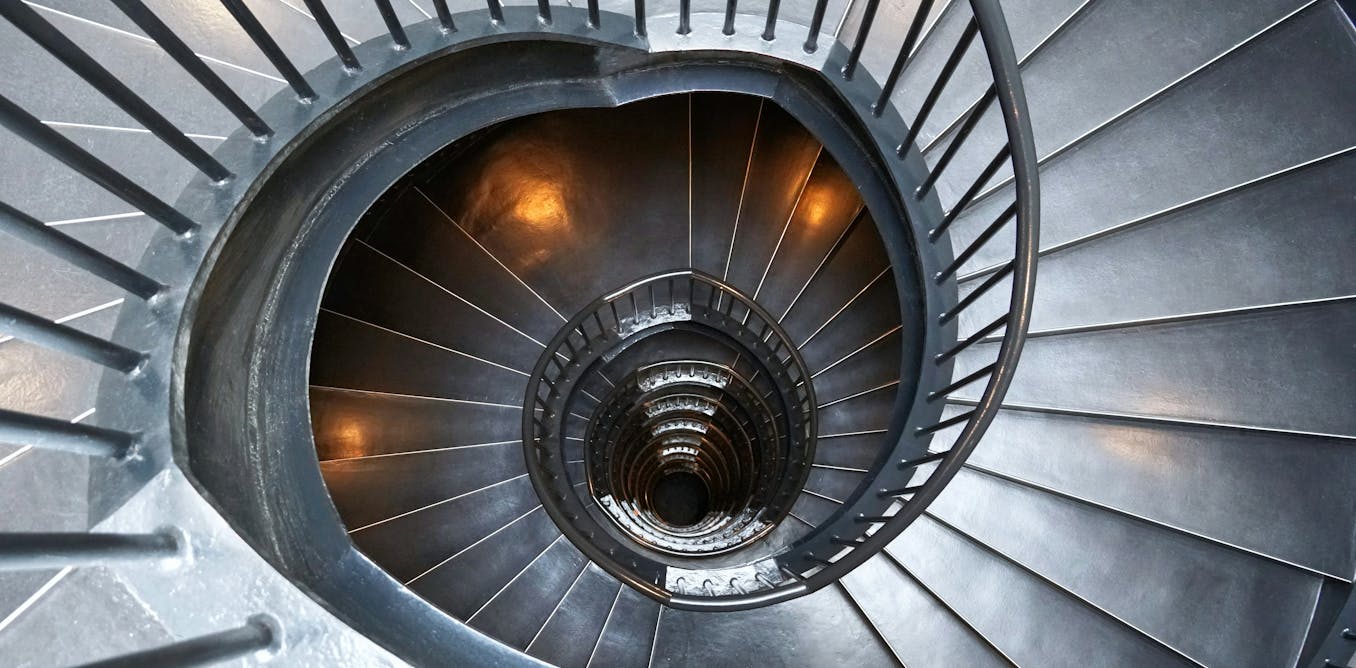Thirteen years since a massive earthquake and tsunami struck the Fukushima Dai-ichi nuclear power plant in northern Japan, causing a loss of power, meltdowns and a major release of radioactive material, operator Tokyo Electric Power Co. (TEPCO) finally seems to be close to extracting the first bit of melted fuel from the complex—thanks to a special telescopic robotic device.
Despite Japan’s prowess in industrial robotics, TEPCO had no robots to deploy in the immediate aftermath of the disaster. Since then, however, robots have been used to measure radiation levels, clear building debris, and survey the exterior and interior of the plant overlooking the Pacific Ocean.
It will take decades to decommission Fukushima Dai-ichi, and one of the most dangerous, complex tasks is the removal and storage of about 880 tons of highly radioactive molten fuel in three reactor buildings that were operating when the tsunami hit. TEPCO believes mixtures of uranium, zirconium and other metals accumulated around the bottom of the primary containment vessels (PCVs) of the reactors—but the exact composition of the material is unknown. The material is “fuel debris,” which TEPCO defines as overheated fuel that has melted with fuel rods and in-vessel structures, then cooled and re-solidified. The extraction was supposed to begin in 2021 but ran into development delays and obstacles in the extraction route; the coronavirus pandemic also slowed work.
While TEPCO wants a molten fuel sample to analyze for exact composition, getting just a teaspoon of the stuff has proven so tricky that the job is years behind schedule. That may change soon as crews have deployed the telescoping device to target the 237 tons of fuel debris in Unit 2, which suffered less damage than the other reactor buildings and no hydrogen explosion, making it an easier and safer test bed.
“We plan to retrieve a small amount of fuel debris from Unit 2, analyze it to evaluate its properties and the process of its formation, and then move on to large-scale retrieval,” says Tatsuya Matoba, a spokesperson for TEPCO. “We believe that extracting as much information as possible from the retrieved fuel debris will likely contribute greatly to future decommissioning work.”
How TEPCO Plans to Retrieve a Fuel Sample
Getting to the fuel is easier said than done. Shaped like an inverted light bulb, the damaged PCV is a 33-meter-tall steel structure that houses the reactor pressure vessel where nuclear fission took place. A 2-meter-long isolation valve designed to block the release of radioactive material sits at the bottom of the PCV, and that’s where the robot will go in. The fuel debris itself is partly underwater.
Approved for use by Japan’s Nuclear Regulation Authority on 31 July, a robot arm is trying to retrieve 3 grams of the fuel debris without further contamination to the outside environment. So what exactly is this robot and how does it work?
Mitsubishi Heavy Industries, the International Research Institute for Nuclear Decommissioning and UK-based Veolia Nuclear Solutions developed the robot arm to enter small openings in the PCV, where it can survey the interior and grab the fuel. Mostly made of stainless steel and aluminum, the arm measures 22 meters long, weighs 4.6 tons and can move along 18 degrees of freedom. It’s a boom-style arm, not unlike the robotic arms on the International Space Station, that rests in a sealed enclosure box when not extended.
The arm consists of four main elements: a carriage that pushes the assembly through the openings, arm links that can fold up like a ream of dot matrix printer paper, an arm that has three telescopic stages, and a “wand” (an extendable pipe-shaped component) with cameras and a gripper on its tip. Both the arm and the wand can tilt downward toward the target area.
After the assembly is pushed through the PCV’s isolation valve, it angles downward over a 7.2-meter-long rail heading toward the base of the reactor. It continues through existing openings in the pedestal, a concrete structure supporting the reactor, and the platform, which is a flat surface under the reactor.
Then, the tip is lowered on a cable like the grabber in a claw machine toward the debris field at the bottom of the pedestal. The gripper tool at the end of the component has two delicate pincers (only 5 square millimeters), that can pinch a small pebble of debris. The debris is transferred to a container and, if all goes well, is brought back up through the openings and placed in a glovebox: A sealed, negative-pressure container in the reactor building where initial testing can be performed. It will then be moved to a Japan Atomic Energy Agency facility in nearby Ibaraki Prefecture for detailed analysis.
While the gripper was able to reach the debris field and grasp a piece of rubble—it’s unknown if it was actually melted fuel—last month, two of the four cameras on the device stopped working a few days later, and the device was eventually reeled back into the enclosure box. Crews confirmed there were no problems with signal wiring from the control panel in the reactor building, and proceeded to perform oscilloscope testing. TEPCO speculates that radiation passing through camera semiconductor elements caused electrical charge to build up, and that the charge will drain if the cameras are left on in a relatively low-dose environment. It was the latest setback in a very long project.
“Retrieving fuel debris from Fukushima Daiichi Nuclear Power Station is an extremely difficult task, and a very important part of decommissioning,” says Matoba. “With the goal of completing the decommissioning in 30 to 40 years, we believe it is important to proceed strategically and systematically with each step of the work at hand.”
The post “How a Robot is Grabbing Fuel From a Fukushima Reactor” by Tim Hornyak was published on 10/07/2024 by spectrum.ieee.org

The post “The Process of a Robot Collecting Fuel from a Fukushima Reactor ” by GretAi was published on 10/07/2024 by news.gretai.com




































Leave a Reply